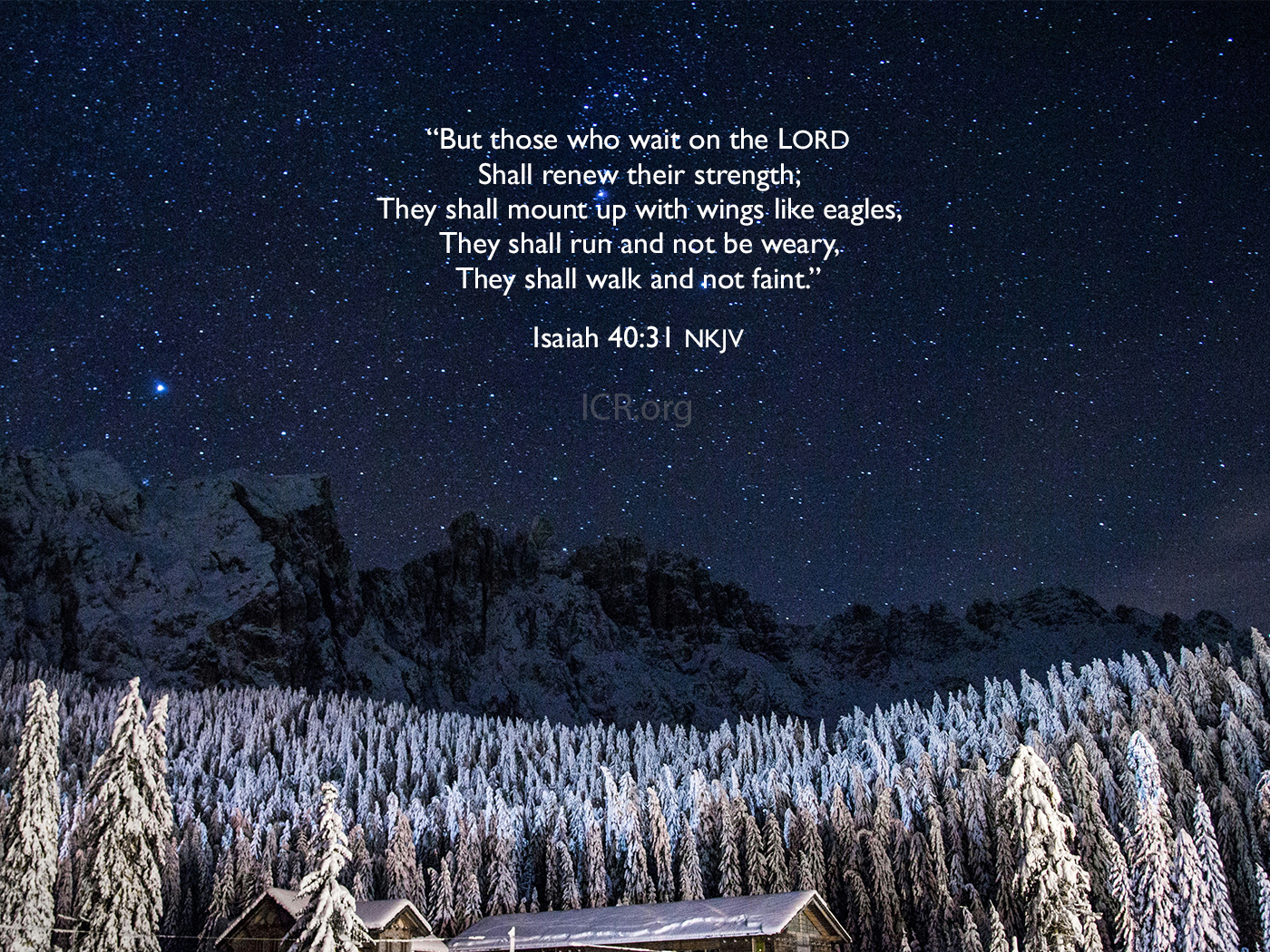In 1980, a theory was proposed that an asteroid or comet impact was primarily responsible for the mass dinosaur extinctions that were observed in the fossil record. But while the impact tale has become widely accepted in popular culture, critical questions remain unanswered. Further scientific investigations have revealed geological and fossil evidence that is inconsistent with a single-impact extermination.1 And recently, geologists catalogued even more data that is incompatible with the asteroid story.
The accepted date for the Cretaceous-Tertiary extinction supposedly caused by the incident is 65 million years ago. A huge pit, located deep beneath Mexico’s Yucatán Peninsula and called Chicxulub after a nearby town, has been interpreted as the impact crater from the main collision. In their studies of the crater, Princeton University paleontologist Gerta Keller and her team have found inconsistencies between evolutionary dates and the asteroid impact that was considered to be primarily responsible for the dinosaur die-off. Keller reported in 2006 that comparison of accepted dates for area rock layers shows “that Chicxulub hit Earth 300,000 years before the mass extinction.”2
The new data she collected for her recent study bolsters Keller’s prior claim that the Chicxulub meteor did not annihilate the dinosaurs at the end of the Cretaceous period. The researchers determined that the mass extinction sediment lies on top of four to nine meters of sandstone material that was deposited on top of the Chicxulub crater. Keller told the National Science Foundation that these roughly 20 feet of “sediments were deposited at about two to three centimeters per thousand years after the impact,”3 a deposition rate consistent with the concept that hundreds of thousands of years separated the events.
But these particular sediments could have been deposited rapidly. Some evolutionary scientists have even suggested they may have resulted from tsunami-driven waves associated with the impact. Keller disagreed, stating, “The problem with the tsunami interpretation is that this sandstone complex was not deposited over hours or days by a tsunami. Deposition occurred over a very long time period.”3 However, this interpretation may be an extrapolation of the slow and gradual geological processes observed today. But by virtue of the fact that today’s routine processes do not cause mass extinctions or massive sedimentary rock layers, it seems reasonable that catastrophic causes should be considered.
Keller cited that these rocks have worm burrows and evidence of transported sediments “characteristic of normal sedimentation.”3 But could such worm burrows have remained intact for thousands of years while sediments lithified around them? It would seem more reasonable that the burrows were suddenly engulfed and preserved in a cataclysmic event. Recent studies show that “mudstones can be deposited under more energetic conditions than [are] widely assumed,”4 casting empirical-based doubt on the uniformitarian interpretation of sedimentary rocks. The features cited by Keller’s study may be more characteristic of flood deposition, especially when observing modern ocean floors where “normal sedimentation” does not produce sandstone.5
The rapid deposition of multiple strata layers during the time period examined by Keller is exactly what creation geologists have been suggesting for decades, and this possibility was demonstrated plainly when the Mount St. Helens eruption deposited over 400 feet of layered sedimentary strata in one day.6
Keller suggested that since the (presumed) Chicxulub impact event was not responsible for mass extinctions, then perhaps broad-scale volcanic activity was. However, a series of volcanoes alone does not fit the data nearly as well as the global Flood described in Genesis and the massive volcanic activity that was undoubtedly associated with it. Under such conditions, a widescale annihilation of dinosaurs—along with other creatures found in the fossil record—would be entirely expected.
References
- DeYoung, D. B. 2001. Chicxulub and the Demise of the Dinosaurs. Acts & Facts 30 (4).
- More Than a Meteor Likely Killed Dinosaurs 65 Million Years Ago. National Science Foundation press release, October 17, 2006.
- New Blow for Dinosaur-killing Asteroid Theory. National Science Foundation press release, April 27, 2009, reporting on research published in Keller, G. et al. 2009. New evidence concerning the age and biotic effects of the Chicxulub impact in NE Mexico. Journal of the Geological Society. 166 (3): 393-411.
- From the abstract for Macquaker, J. H. S., and K. M. Bohacs. 2007. On the Accumulation of Mud. Science. 318 (5857): 1734.
- Morris, J. 2006. Where Can We See Young-Earth Evidence? Acts & Facts. 35 (7).
- Austin, S. A. 1986. Mt. St. Helens and Catastrophism. Acts & Facts. 15 (7).
* Mr. Thomas is Science Writer at the Institute for Creation Research.
Article posted on May 14, 2009.













